
The popularity of bourbon and rye have exploded over the past 10 years. Scotch remains a perennial favorite for liquor connoisseurs and collectors alike. Which led me to wonder: what about Irish whiskey?
It turns out, Irish whiskey hasn’t been entirely left out of the brown liquor boom. While it only represents about 7% of all whiskey sold in the US, it has grown faster than American, Canadian, or Scotch whiskeys. New labels and new distilleries are opening up every day; there’s still a lot of unexplored territory.
That feels odd to say, because for me, and probably a lot of other drinkers, Irish whiskey — in the form of a Jameson or Bushmills on the rocks — was a common gateway drink. It was the first straight liquor I ever ordered and enjoyed (I secretly preferred Bushmills, even if Jimmy McNulty told me it was “Protestant whiskey” on The Wire).
Now that it’s booming, and seemingly crowded with new brands, new labels, new releases, and generally things I’ve personally never tasted, I figured it was high time to rediscover Irish whiskey during its renaissance. To do so, I set up a blind tasting (just to make sure my friends and I weren’t overly wowed by things like bottle, sticker price, and reputation) in hopes of going beyond the standard classics.
Ah, But What Is Irish Whiskey, Anyway?
Without the peat element of scotch (peat being the coal-y dirt prevalent on Scottish isles, frequently used to dry barley grains and imparting an earthy/smoky flavor to many scotches) or the freshly-charred new wood flavors of bourbon (which, by law, is always aged in new barrels), Irish whiskeys, very broadly speaking, tend to be less smoky and earthy than Scotch, though often with a similar barley-sugar character, and a little lighter and less woody than bourbons and ryes, without quite as much charred oak flavor. You could think of them as “lighter” and “cleaner” tasting and mostly be right.
Complicating things somewhat is the fact that some Irish whiskeys do have peated variations, and are usually, but not always, made from barley, and can be aged in anything from ex-bourbon to ex-rum, sherry, wine, or port barrels (among other things). Like scotches, they may consist of blends (multiple distilleries, multiple grains) or single malts (one distillery, one grain). Oh, and the types of stills!
…Okay, okay, we won’t torture you. Suffice it to say, it would take many dull paragraphs not specifically about drinking to list every possible variation. Instead, let’s focus on where the rubber meets the road. Which is to say, where the liquor meets your mouth (and, okay, maybe your eyes and nose a little too).
Methodology
For this blind tasting, I gathered together a handful of friends (mostly dudes in their thirties like me, but with a few outliers in age and gender), with different tastes and levels of connoisseurship (no other drinks writers besides myself, but there was an actual trained sommelier and a couple of experienced homebrewers). We rated 15 whiskeys, each poured from identical unmarked carafes, and made notes on each. Without discussing it too much with each other first, we chose three favorites and three least favorites (mostly unranked within those categories).
If 15 seems like a lot, well, we’re very professional.
I included some more expensive whiskeys and some cheaper options, but mostly they were mid-range — very affordable, compared to Scotch or even bourbon. Mostly, these were the kinds of whiskeys you might buy on a lark rather than a big splurge.
I wish I could find some generalizations about the whiskeys we loved and the whiskeys we didn’t, but our favorites included almost all cask variations and price points. Even those least generally liked (looking at you, Conor McGregor’s Proper 12) had fans among us. In general, I would say the blends were more broadly appealing, and less chosen as a favorite, with single malts more polarizing (as one might expect).
Most Favorited
1. (Tie)
West Cork 8-Year Small Batch ($35 from TotalWine)
This all-barley, single malt, new Bourbon cask-aged label from West Cork earned raves from our panel (I had it in my own top three) who most often called it “smooth,” though also “warm,” and even “meaty” (much like myself).
I found it butterscotchy, with notes of vanilla. As Scotch and bourbon drinkers, the mix of the all-barley mash (like Scotch) and new bourbon barrel-aging (yes, like bourbon) probably felt like a slightly new twist on the familiar. Pretty damned solid whiskey, in my opinion.
Tullamore Dew Caribbean Rum Cask Finish ($28 from TotalWine)
This blended whiskey from Tullamore Dew is aged in Demerara Rum casks from Guyana, with most tasters just rating it “good,” “solid,” or “nice.” One called it “saccharine sweet.” I liked it and thought it was “buttery,” though it didn’t quite make my personal top three. This one struck me as a smooth, easy sipper, though it may have lacked some individual character (much like Jimmy McNulty when he was cutting corners to get his team more overtime).
2. The Sexton ($25 from Target)
This copper pot-distilled, Oloroso Sherry cask-aged whiskey (from the same parent company as Bushmills) in the rockabilly-ish hexagonal bottle earned praise from our panel as “very pleasant,” “amber sweet,” “cherry chocolate,” and “smooth.” I found it “caramel-y” and “woody, but nice” (it didn’t quite make my own top three). The bottle was probably the most distinct of the bunch, though it also kind of looks like it would fit Dave Navarro’s interior design aesthetic.
3. (tie)
Teeling Rum Cask Finished Small Batch ($35 from KL Wines)
This 4-7-year-old whiskey initially ages in ex-bourbon barrels, then spends six months aging in Flor De Caña rum casks from Nicaragua. I had it in my own top three, and had it down as smooth, with notes of oak and cherry, with a lighter, buttery color and a chardonnay quality to it. I don’t entirely know what that last part means reading it now, but I’m sure it made a ton of sense after 15 whiskey samples.
The great thing about drinking whiskey is how secure in my opinions it makes me.
West Cork Black Reserve ($32 from Village Wine)
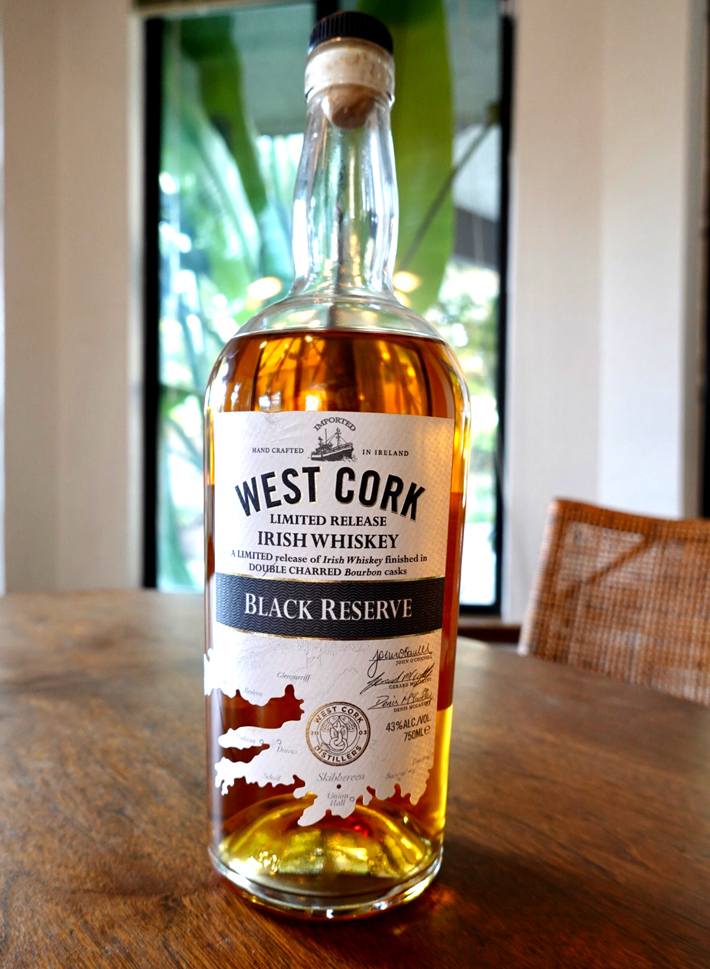
This blended whiskey from West Cork is aged first in first-fill bourbon casks and then in double charred casks to finish, which you can see in its slightly darker color, relative to some of the other West Cork labels. One taster identified “cherry” in the taste while a couple didn’t like the nose (maybe because of the double char?). I called it buttery with a lingering sweetness, and it made my personal top three.
Neither here nor there, but I like to imagine the “Black Reserve” is a National Guard unit full of goths.
Most Un-favorited
You can’t have a favorite without a least favorite, or a top without a bottom. I had the tasters list their bottom three, and while there was juuust enough consensus to compile a bottom three, most of the “worst” bottles had their fans.
Anyway, I’ll stop making excuses for them now.
1. West Cork IPA Cask ($37 from IrishMalts.com)
This 75:25 blend of Irish wheat and malted Irish barley, triple distilled in copper pot stills and aged in first-fill bourbon casks for four years, then “matured” for six months in ex-IPA casks (Black’s of Kinsale IPA, specifically) was the most consensus my tasters had on anything.
We… did not care for it.
This was not surprising for yours truly, an outspoken IPA hater (they’re fine for about half a glass of beer, but mostly I’m just annoyed that IPAs make up roughly 60% of craft beer taps here on the west coast), but at least half the panel loves hoppy IPAs. Nonetheless, we called this one “complex in a weird way,” “citrus smell? bad.” “no,” “hell no,” and “metallic.” Though one taster did call it “hot!”
In any case, hops is a lot of flavor for a whiskey, and it could be that this one was just too much of a departure from the other offerings for our palates to handle. It’s probably a bit like trying an IPA after six mild pilsners.
2. West Cork 12-Year Sherry Cask Finish ($50 from Wine Globe)
This 12-year-old single malt from West Cork was a bit of a surprise to end up on the bottom, given the age statement and how much I generally enjoy sherry-barrel whiskeys. Receiving four downvotes (and one up), our tasters called it “light,” “lingering,” “musty,” “oily,” and “burny.”
Admittedly, I had this one in my bottom three and thought it smelled like a bath mat. Slightly over-aged to our palates, perhaps.
3. Teeling Single Malt ($41 from Mission Wine)
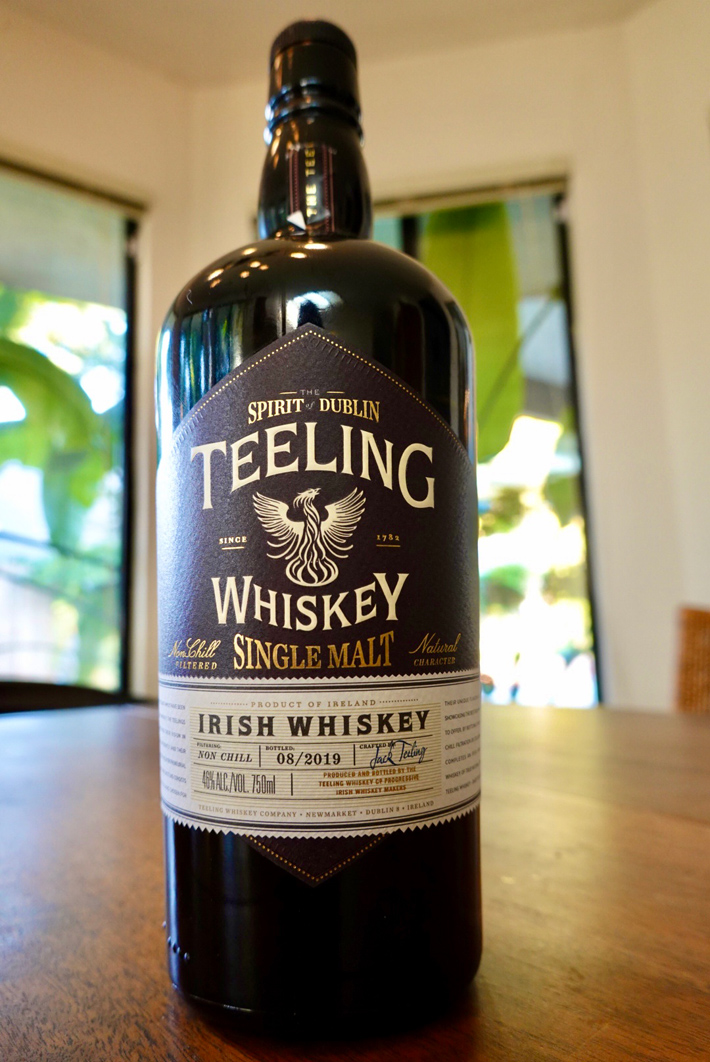
Far down on the list of non-favorites (with three people rating it in their bottom three and one in their top three) was Teeling Single Malt, a 46% ABV selection made from five different wine cask-finished whiskeys (Sherry, Port, Madeira, White Burgundy and Cabernet Sauvignon).
This one won double gold at the San Francisco World Spirits competition among a handful of other awards, so maybe we’re just a bunch of philistines. Our tasters described it as “flat,” with a “harsh finish,” and “no linger,” though also with “vanilla caramel,” and “butter on the nose.” The last description was me — I liked it quite a bit, and had it rated number four of 15.
As I said, the more unique whiskeys tend to be a little polarizing.
The Rest
Jameson
1 Up Vote, 1 Down Vote
Call it our “control group.” But just because Jameson is a mass-market blend that most of us probably had one too many shots of in college doesn’t make it a bad sippin’ whiskey, even for fancybois (as long as they don’t tell their fancy friends). One taster had it in their bottom three, but another had it in their top. Two noted its notes of butterscotch, while most found it smooth if unmemorable (not surprising). One taster simply wrote “flap flap,” whatever that means.
It’s still your standard Big Mac of whiskeys — not much of a conversation starter, but it hits the spot when you’re in the mood.
Tullamore Dew
1 Up Vote, 1 Down Vote
The other perennial well whiskey in the group did perfectly fine (one up vote and one down vote, same as Jameson) with tasters calling it smooth, sweet, mild, malty, “flabby,” with “cherry on the nose and a short, simple finish.” It’s not super unique or complex, but it mixes well and goes down easy.
Proper No. Twelve ($27 from Drizly)
1 Up Vote, 1 Down Vote
I honestly expected Conor McGregor’s vanity whiskey label (crafted with the help of a former Bushmills distillery master) to do worse in the blind, but with one up vote and one down vote it was on par with Jameson or Tullamore. Tasters found it smooth, sweet, balanced, clean, easy to drink, and, judging by the relative lack of upvotes, largely unmemorable. I found it, “harsh on the nose” and “sour,” but wrote that it was “growing on me.”
At the very least, Proper No. Twelve isn’t as harsh on the nose as Conor McGregor himself, who famously punched an old man in the head for refusing a free shot of this whiskey, in what must go down as surely one of the most Irish crimes of all time.
The Tyrconnell Single Malt ($45 from Drizly)
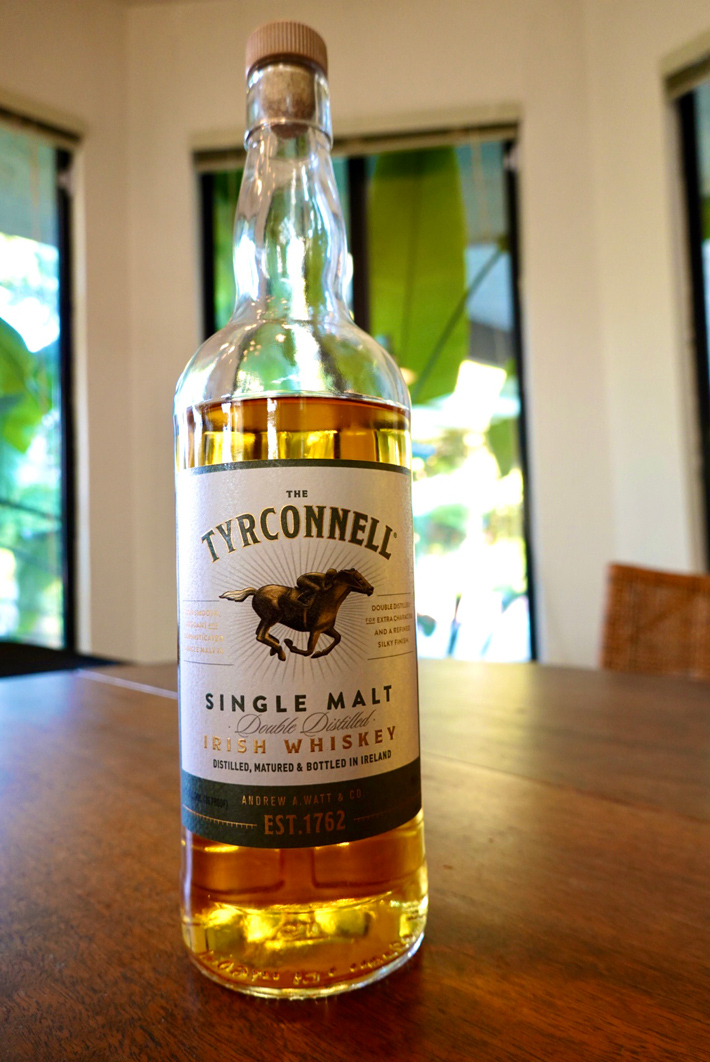
0 Up Votes, 1 Down Vote
This single malt from Tyrconnell (owned by Beam Suntory) has everything this group otherwise loved — 100% barley malt aged in ex-bourbon barrels –but still managed a relative negative rating with one bottom vote and no top votes. Most found it solid if unmemorable. My notes had it with an oaky, apple nose, and buttery finish that I liked just fine if not as well as some others (I’m glad no one has ever told me this during a break up, though it has probably been true).
Teeling Single Grain ($46 from The Whiskey Exchange)
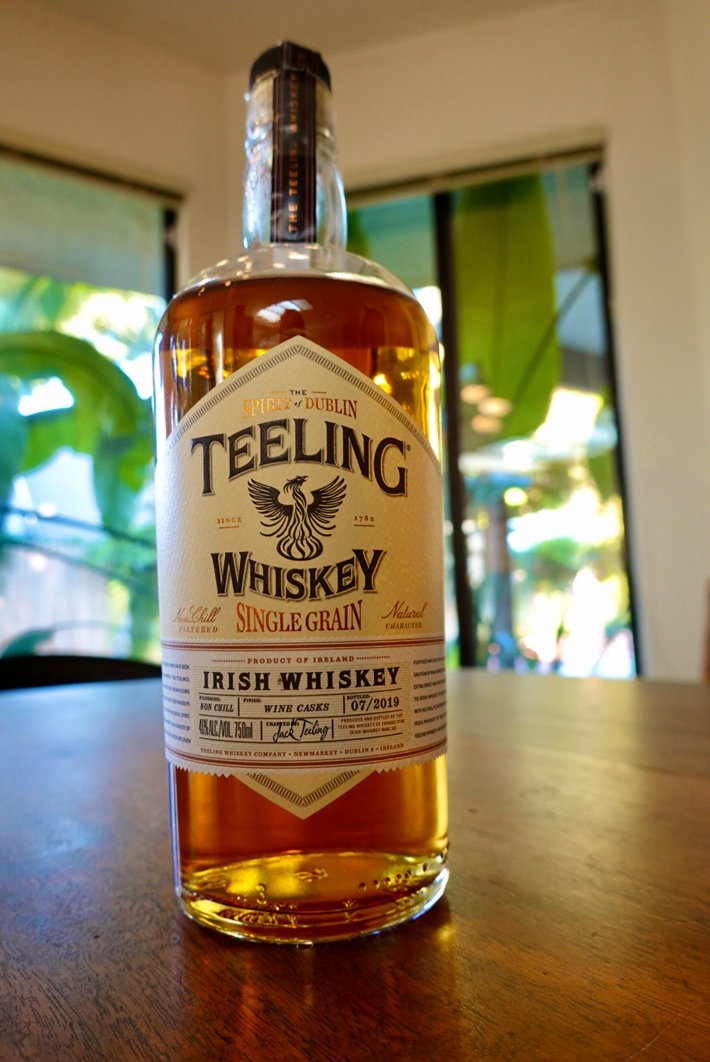
0 Up Votes, 1 Down Vote
Another Teeling in a handsome bottle, the single grain label is 46% alcohol from a unique mashbill of 95% corn and 5% malted barley, matured in ex-California wine bottles. It had one down vote and no up votes. It didn’t make my personal bottom three, though I did write that it was “sourish” with notes of apple and pear. Others found it “sweet,” “balanced,” “decent,” “smooth,” with a “good burn” and “I hate that I like it” (don’t ask me why, that’s just what he said).
The wine aging and uniquely corn-heavy mash bill may have just made this one a little too unique for one taster.
West Cork Bourbon Cask ($27 on Drizly)
1 Up Vote, No Down Votes
Our tasters found this blended from West Cork to be “smooth,” “unremarkable” and “bland,” with some (myself included) noting an astringent finish. But at least one person had it in the favorites pile, with no down votes.
Kilbeggan Traditional Irish Whiskey ($31 on Drizly)
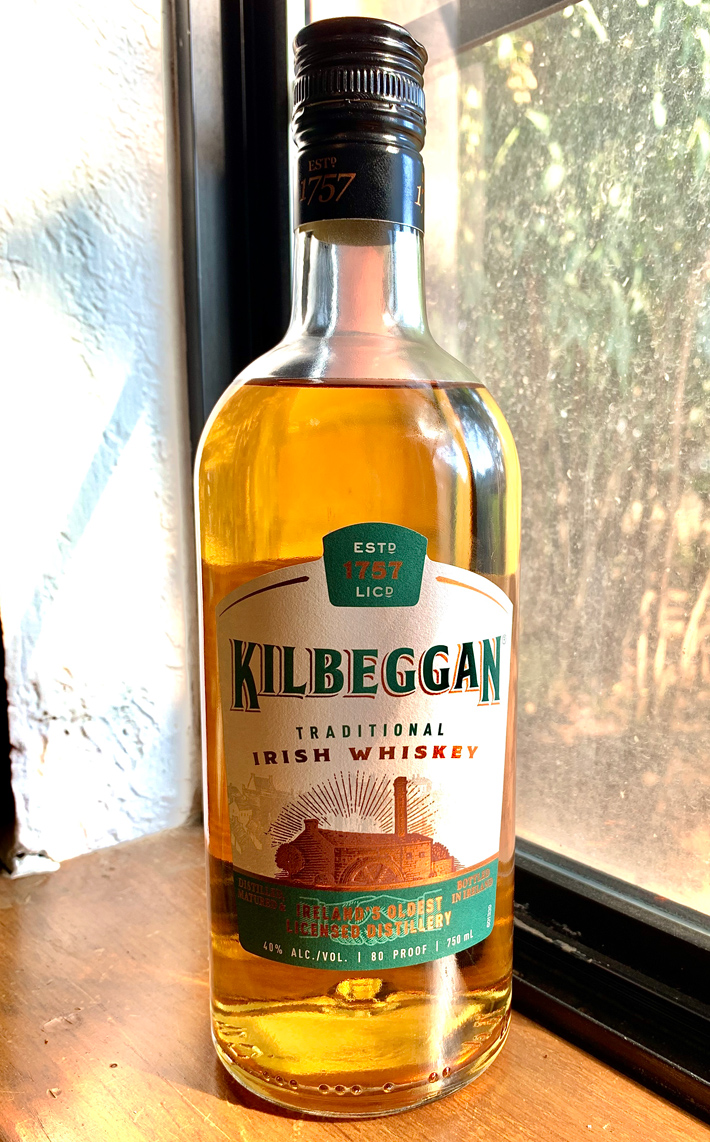
1 Up Vote, 1 Down Vote
Some say Kilbeggan, from 1757 (revived in 2007 by Teeling) is Ireland’s oldest distillery. This three-year aged, pot still-blended whiskey aged in bourbon barrels was “pleasant” with “cherry chocolate notes” with a “smooth finish” according to our tasters. I had it down as “buttery and smooth” if not as memorable the second time around. I had it in the top third of the whiskeys nonetheless.
All in all, lessons were learned, good times were had, opinions were shared. Stay tuned for part two.
